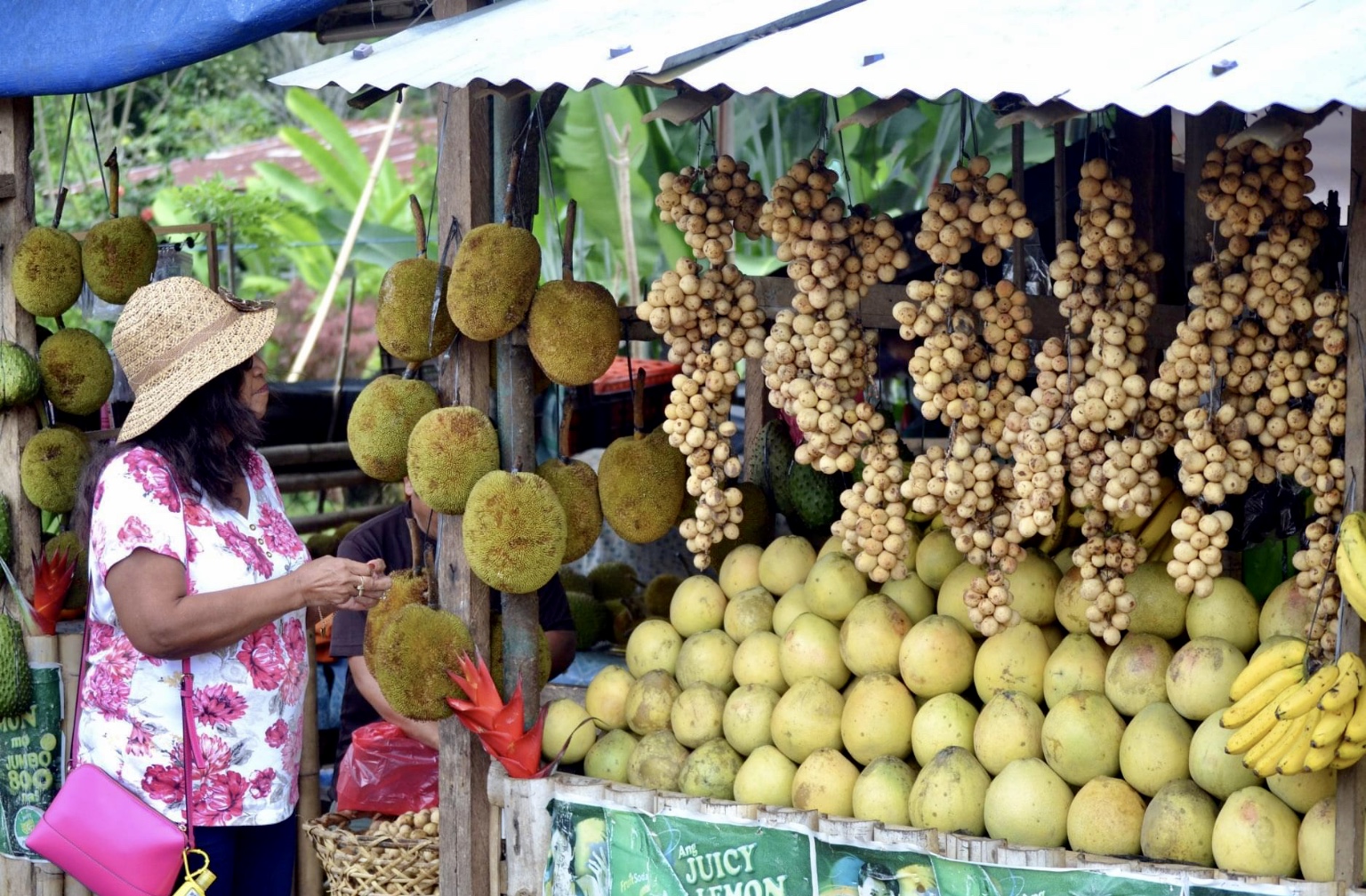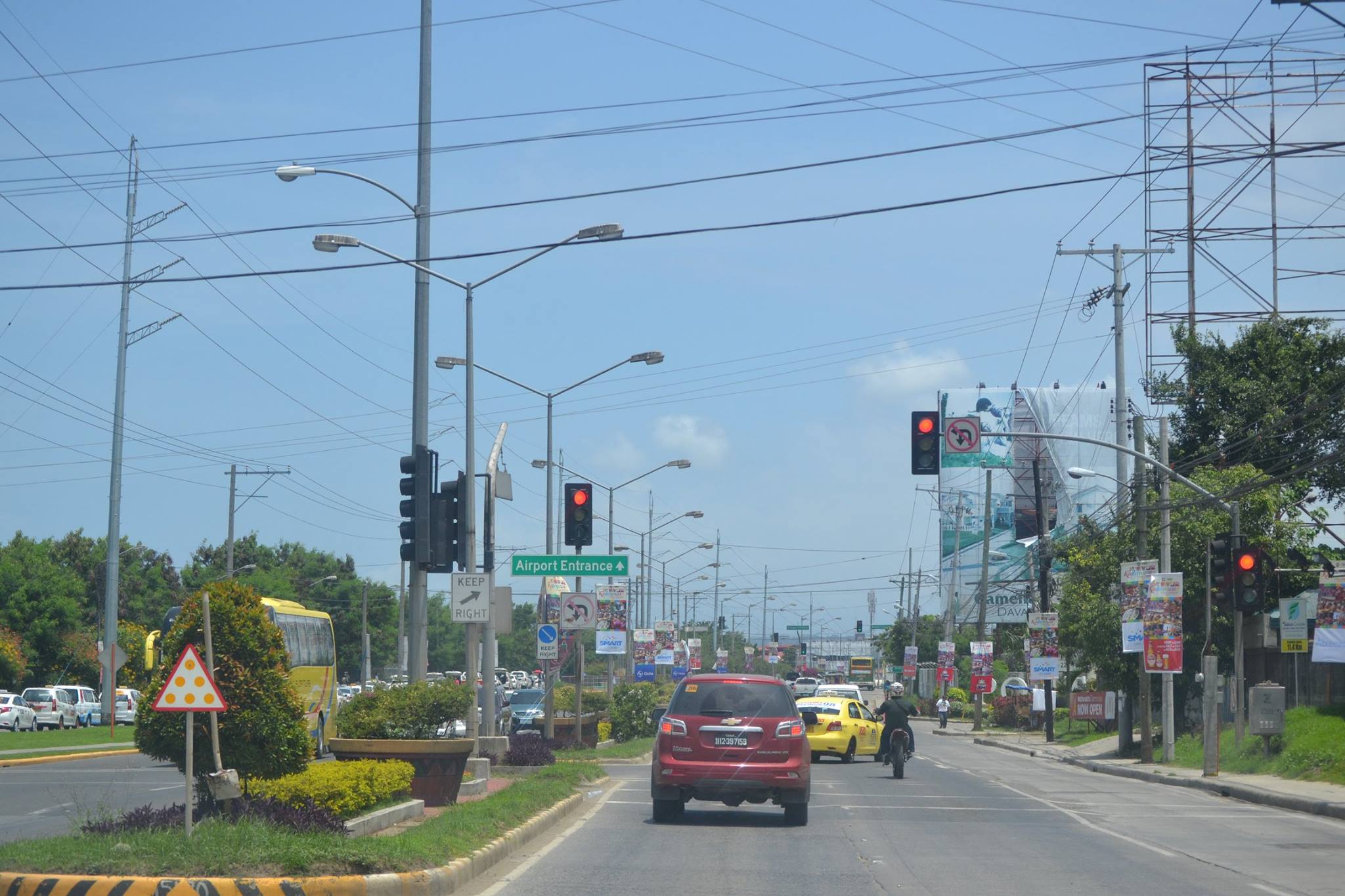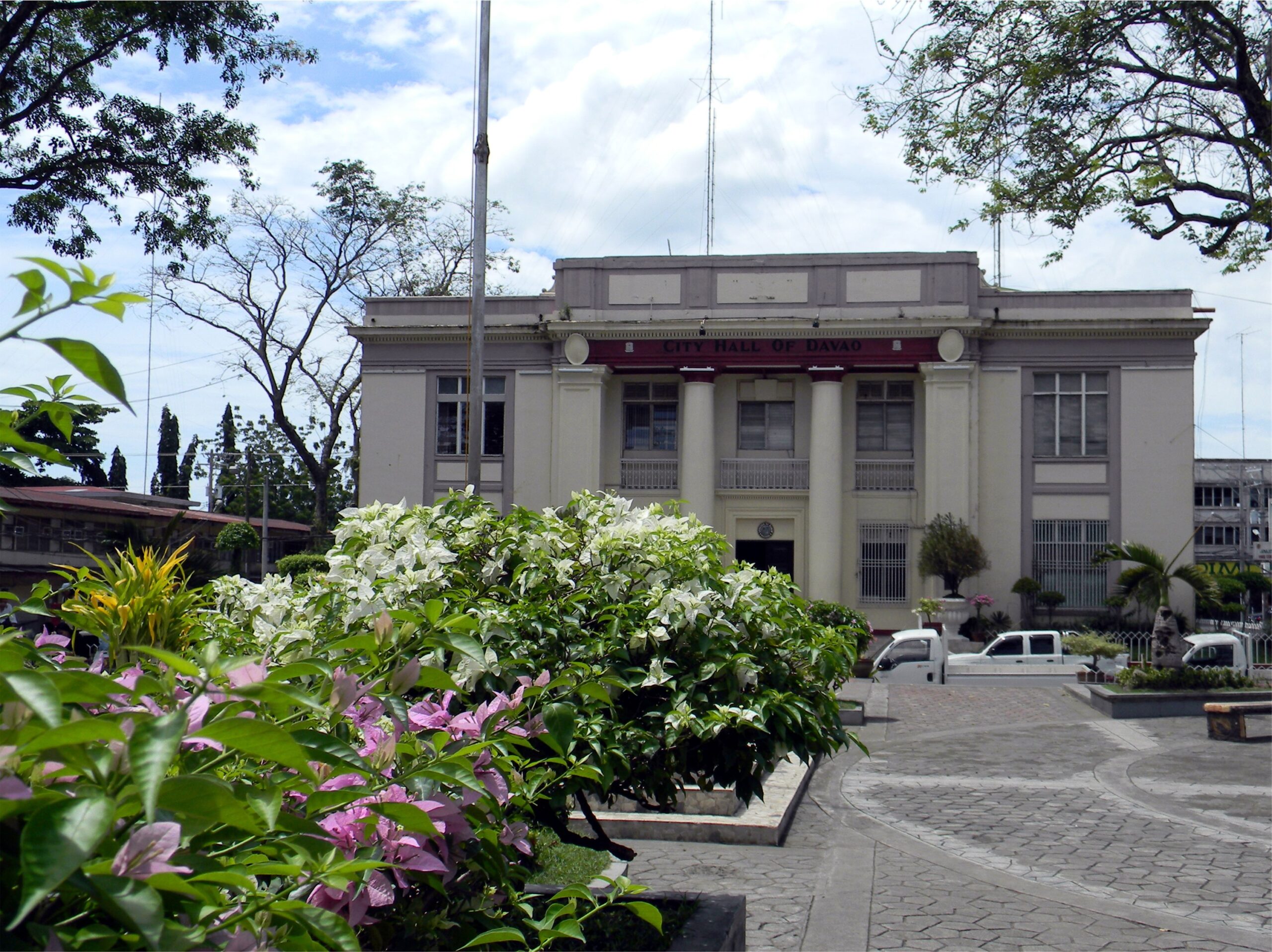Text and Photos by Henrylito D. Tacio
From being tagged as “Murder City,” Davao City became “one of the most livable cities in the Asia” (both sobriquets were bestowed by the defunct Asiaweek magazine). Indeed, the city has gone a long, long way. Today, the city is one of the top tourist destinations in the country.
The de facto capital of Mindanao, Davao, is one of the largest cities in the world with a total land area of 2,443.61 square kilometers. Its boundaries encompass commercial areas as well as beaches, mountains, and forests. Approximately it is 7.8 times the size of Cebu and three times that of the entire Metro Manila.
Situated beside Davao Gulf, the city is dominated by the country’s highest peak, the 2,954-meter-high Mount Apo. The dormant volcano is home to tribes such as Bagobo, Manobo, Mandaya, and B’laan, and its fertile rolling foothills are teeming with exotic fruits and beautiful flowers.
In the past, Araw ng Dabaw was celebrated every March 16. In 2019, it was moved to March 1. The reason: the city was originally founded on March 1, 1937, according to Councilor J. Melchor Quitain, Jr. In fact, if you happen to look at the landmark in city hall, you will find that the date is indeed March 1.
On August 22, 2019, President Duterte signed Republic Act No. 11379, called “An Act Declaring March 1 of Every Year a Special Working Holiday in the City of Davao, Province of Davao del Sur, to be Known as ‘Araw ng Dabaw.’” It repealed Purpose Republic Acts No. 7441 and 7685.
Davao City, whose motto is “Life is Here,” is a first-class, highly urbanized city. It is the third-most-populous city in the Philippines – after Quezon City and Manila. As of 2020, Davao City has a total population of 1,825.540.
The city is approximately 588 miles (946 kilometers) southeast of Manila over land and 971 kilometers (524 nautical miles) by sea. Although it is a chartered city, Davao is grouped under the province of Davao del Sur by the Philippine Statistics Authority.
Among its several nicknames are: “King of the South,” “Crown Jewel of Mindanao,” “Durian Capital of the Philippines,” and “Fruit Basket of the Philippines.” Just recently, two nicknames were added: “Chocolate Capital of the Philippines” and “Cacao Capital of the Philippines.”
The city is divided into three congressional districts. The three congressional districts are subdivided into 11 administrative districts with a total of 182 barangays. The current members of the House of Representatives are Paolo Duterte (first district), Vincent Garcia (second district), and Isidro T. Ungab (third district).
From 1903 to 1914, Davao was incorporated as a part of Moro Province. When the province was dissolved in 1914, it led to the establishment of Davao Province, with Davao town as its provincial capital. What is now the city’s Legislative Council Building served as the provincial capitol.
The provincial capitol was built in 1925, the same year the Davao Municipal Hall, now the City Hall, was constructed.
On March 16, 1936, congressman Romualdo Quimpo filed Bill 609 (passed as Commonwealth Act 51), creating the City of Davao from the town of Davao and the municipal district of Guianga. On October 16, 1936, President Manuel L. Quezon inaugurated Davao as a charter city.



Davao City was one of the first two towns in Mindanao to be converted into a city, the other being Zamboanga. During the Second World War, Davao was among the earliest to be occupied by Japanese forces; in fact, it became the bastion of Japanese defense.
The Battle of Davao – towards the end of World War II – was one of the longest and bloodiest battles during the Philippine Liberation and brought tremendous destruction to the city.
The first mayor of Davao City was Santiago Artiaga (1937-1938) followed by Agustin Alvarez (1938-1940), then Pantaleon A. Pelayo, Sr. (1940-1941), Alfonzo G. Oboza, Sr. (1941-1942), Julian A. Sarenas (1943-1944), and Donato Endriga (1944-1945).
From 1945 to 1967, the following became Davao City mayors: Apolinario C. Cabigon, Fundador R. Villafuerte, Leon A. Garcia, Bernardo B. Teve, Rodolfo B. Sarenas, Julian A. Rodriguez, Sr. and Carmelo L. Porras.
Elias B. Lopez became mayor in 1968 to 1971 and then in 1981 to 1986. From 1972 to 1981, Luis T. Santos was the mayor, followed by Zafiro L. Respicio (1986-1987) and then by Jacinto L. Rubillar (1987-1988).
Rodrigo R. Duterte became the mayor in these years: 1988-1998, 2001-2010, and 2013-2016. He took a leave of absence in 1990. Dominador B. Zuño became the acting mayor from November 12, 1990 to January 11, 1991. Benjamin C. de Guzman was the mayor from 1998 to 2001.
Sara Duterte-Carpio became the mayor from 2010 to 2013, and then in 2016 up to the present. Her father, ex-Mayor Rodrigo R. Duterte is the first Dabawenyo – and the first in Mindanao – to become the president of the Philippines.
The first Dabawenyo to receive the prestigious Ramon Magsaysay Award – touted to be the Nobel Prize of Asia – is Randy Halasan. He was given the 2014 RM Award for Emergent Leadership.
Before the Second World War, the city was developed as a Japanese colony, which owned extensive abaca plantations. It was, however, razed during the war. Today, the rebuilt city is part of the East Asian Growth Area, a regional economic-cooperation initiative in Southeast Asia.
“Kadayawan sa Dabaw” is its biggest celebration and is celebrated every August. Kadayawan is derived from the Mandaya word “madayaw,” which means “good, valuable, superior, or beautiful.”
The Kadayawan Festival is structured as “the celebration of life, a thanksgiving for the gifts of nature, the wealth of culture, the bounties of harvest and serenity of living.” The celebration showcases the diverse color, culture, and unification of the tribes that inhabit the city.
Davao City is the site of the University of Mindanao, the Philippine Women’s College of Davao, Ateneo de Davao University, University of Southeastern Philippines, University of the Philippines – Mindanao, and the University of Immaculate Concepcion, among many others.
The Davao River is the city’s primary drainage channel. Draining an area of over 1,700 square kilometers, the 160-kilometer river begins in the town of San Fernando, Bukidnon. The mouth of the river is located at barangay Bucana in Talomo District.
Cebuano (Bisaya) is the most widely used language in the city. The medium of instruction in schools, however, is English. The majority of its inhabitants are Roman Catholics comprising 80% of the population. Eighteen percent belong to other denominations and Christian groups. The remaining two percent belong to non-Christian faiths, mainly Islam.
Davao City has 8 sister cities in Luzon, namely: Bacoor, Baguio, Cabanatuan, Legazpi City, Manila, Marikina, Quezon City, and San Juan City. Its sister city in the Visayas is Cebu City.
Davao has sister cities in Mindanao: Bayugan, Cotabato City, and Zamboanga City. It has several sister cities internationally in China: Jinjiang, Fujian, and Nanning. In Indonesia, it has two sister cities: Manado and Pekanbaru.
Davao City has two sister cities in the United States: Kauai County in Hawaii and Tacoma, Washington. Its other international sister cities are Kitakyushu (Japan), Koror (Palau), Montevideo (Uruguay), Panama City (Panama), Vladivostok (Russia), and Keelung (Taiwan).
The sources of information in this feature are Encyclopedia Britannica, Wikipedia, and davaocity.gov.ph.

